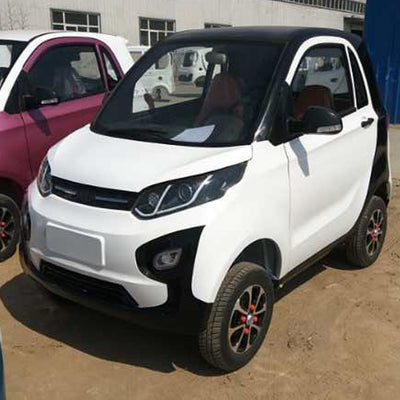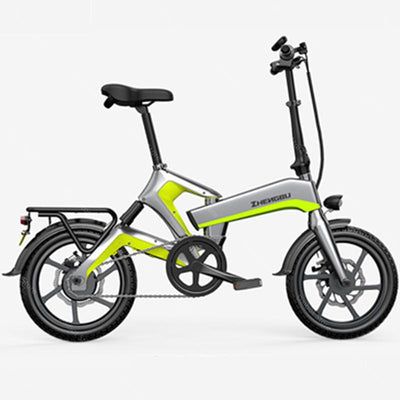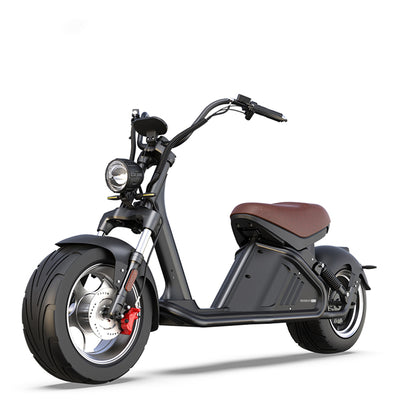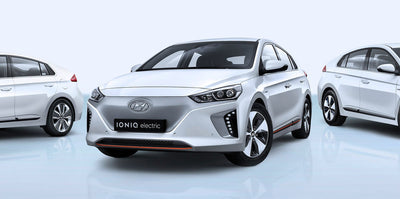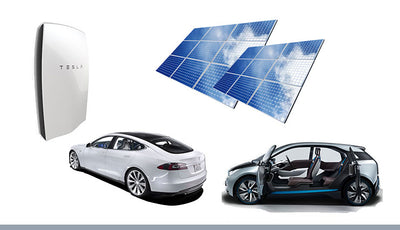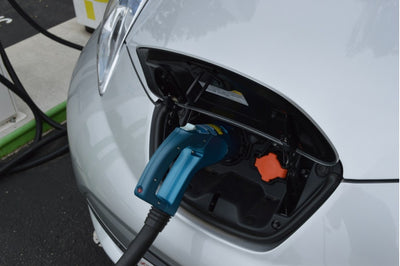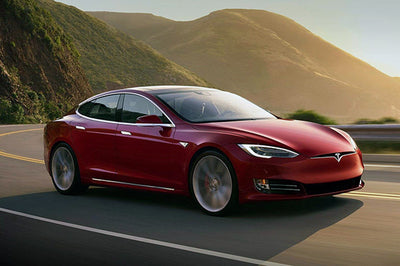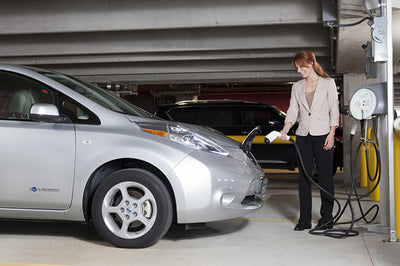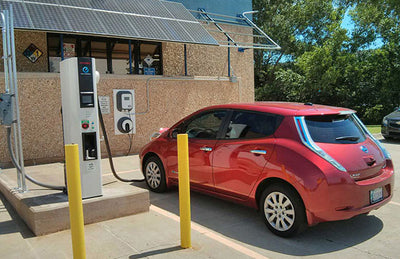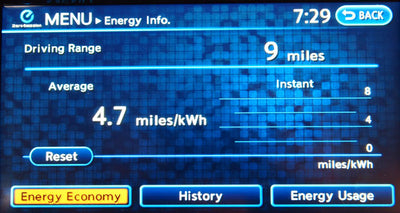Electric Vehicles & Energy Management
Posted by Tom Lee on
I recently had an opportunity to drive a Nissan Leaf for a period of four days. I was struck by how easy it was to incorporate into my usual habits…and how much energy (and cost) I saved in that period.
The car is not a sleeper (car-lover jargon for a car with something special going on that tries to look normal). It is emblazoned with Schneider Electric logos and graphics (and the Earth Rangers Centre too!), and it points out that Schneider Electric can provide customers with EV charging solutions. It makes heads turn to look at the graphics with a huge plug splashed down the door and rear quarter panel.
The topic of electrical vehicles has been covered in automotive media ad nauseum, and I figured I could add my own two cents into the equation from a facility and energy management perspective (admission – I am a bit of a “gear head”).
I received the car on Saturday and plugged it into my 120V socket, just to top up the car. I added 20 km to the driving range, in about 2 hours, at a cost of about $0.30. That’s less than $0.02/km (my Subaru uses about $0.15/km in premium gas). I took it to an awards gala that evening, where our consulting engineers were being honored for the HVAC retrofit at the Earth Rangers Centre. When I arrived at the event, the parking attendant took one look at the car and asked me to park at the front entrance beside a Maserati. My wife loved not walking from the lot! The only thing missing was a charger at that location…but I’m getting ahead of myself.
I took the car to work, as planned for the rest of the week, and charged it at the Earth Rangers Centre, which can charge up to four vehicles with level 2 chargers (3 phase, 208V chargers that reduce the amount of time required to charge the EV). I looked at our energy reporting system and noted that during normal business hours, when our chargers would be used, our solar generation was also at its peak. We would see no major impact on our local grid as a result of the chargers, because they are on the same distribution point electrically as our 57.6 kW array. Also, because I was charging at work, there was no need to charge at home and affect the distribution grid of my neighborhood (or my utility bill.)
What is striking about everyday driving in the EV–and amazing if you have young children–is the absolute silence. In Toronto’s inevitable stop-and-go traffic, it’s particularly noticeable and almost makes crawling through traffic enjoyable. I loved watching the range calculation go up when I was being stingy with the throttle, and engaging the “Eco” drive mode dampened out some of my more aggressive pedal pushes, saving further energy.
Returning the car, I was struck with the appreciation that the EV, and its charging infrastructure, made me more aware than ever of the energy required for everyday transportation needs. It will have an impact on the local grid, andOntariois working towards a coal-free distribution system, making EVs even more attractive from an emissions perspective.
I learn something new everyday in the field of energy management, and my professional energy management efforts have a long way to go. After spending some time with a Leaf, I have a feeling that my scorecards and energy targets will be incorporating electric vehicle energy management very soon.
May 24, 2012






